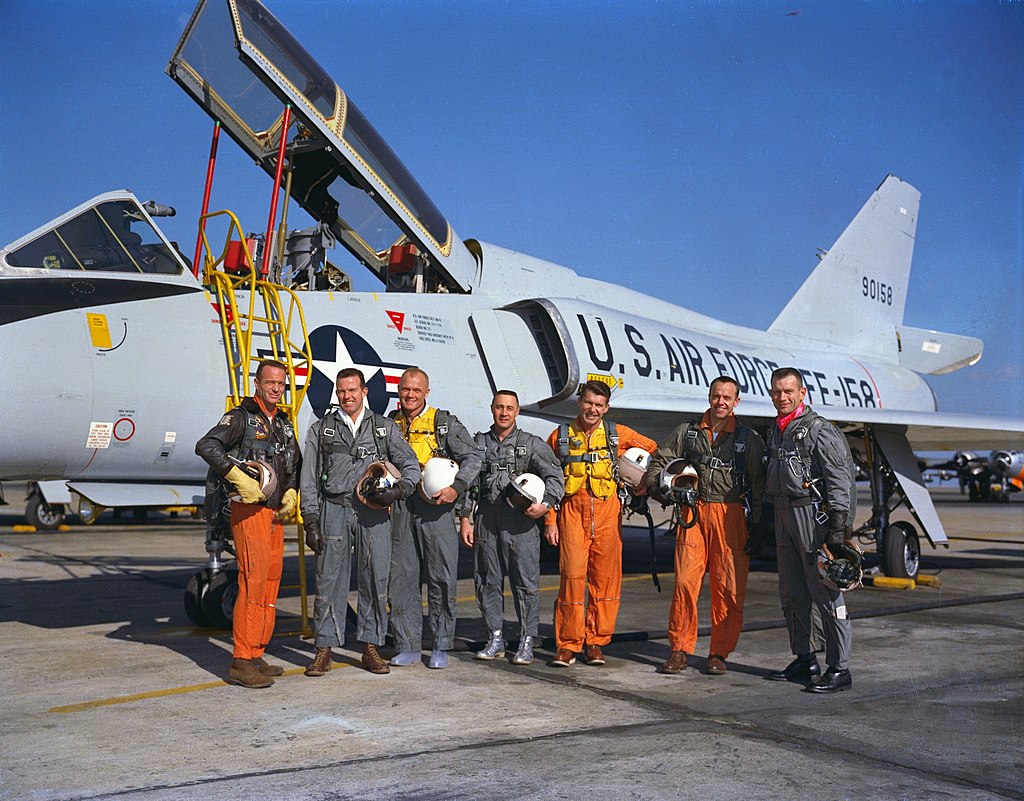February 21 in U.S. military history
1945: As Task Force 58’s carrier-based planes fly close air support for the Marines fighting on Iwo Jima, Japanese kamikaze pilots target the flattops. One plane hits the escort carrier USS Bismarck Sea (CVE-95), igniting the ship’s magazines. Once crews have nearly contained the blaze, another kamikaze slams into the ship and disables the firefighting system. Bismarck Sea is destroyed, killing 318 officers and men, and is the last American carrier sunk in the war. Japanese suicide tactics also damage USS Saratoga (CV-3), killing another 123.
On the killing fields of Iwo Jima, described by one correspondent as a “nightmare in hell,” Lt. Col. Justice M. Chambers, Capt. Robert H. Dunlap, Sgt. Ross F. Gray, Capt. Joseph J. McCarthy, and PFC Donald J. Ruhl will each earn the Medal of Honor on this date.
1961: As the Mercury Seven astronauts begin their final phase of training, NASA selects Alan Shepard (USN), “Gus” Grissom (USAF), and John Glenn (USMC) as the pilots that will fly the United States’ first missions to space.
1991: During Operation DESERT STORM, Marine Attack Squadron 331 begins flying the first-ever AV-8B Harrier II operations from a landing helicopter assault ship, the USS Nassau (LHA-4). During the campaign, Harrier pilots would fly 3,380 flights (243 by Nassau aviators) with the loss of five jets and two Marine pilots.
Gen. Norman Schwarzkopf will name the Harrier as one of the seven most valuable weapons systems of the war.
2001: At Nevada’s Nellis Air Force Base, a General Atomics RQ-1 Predator busts a tank with an AGM-114 Hellfire missile during testing, marking the first armored kill by an unmanned aerial vehicle.
